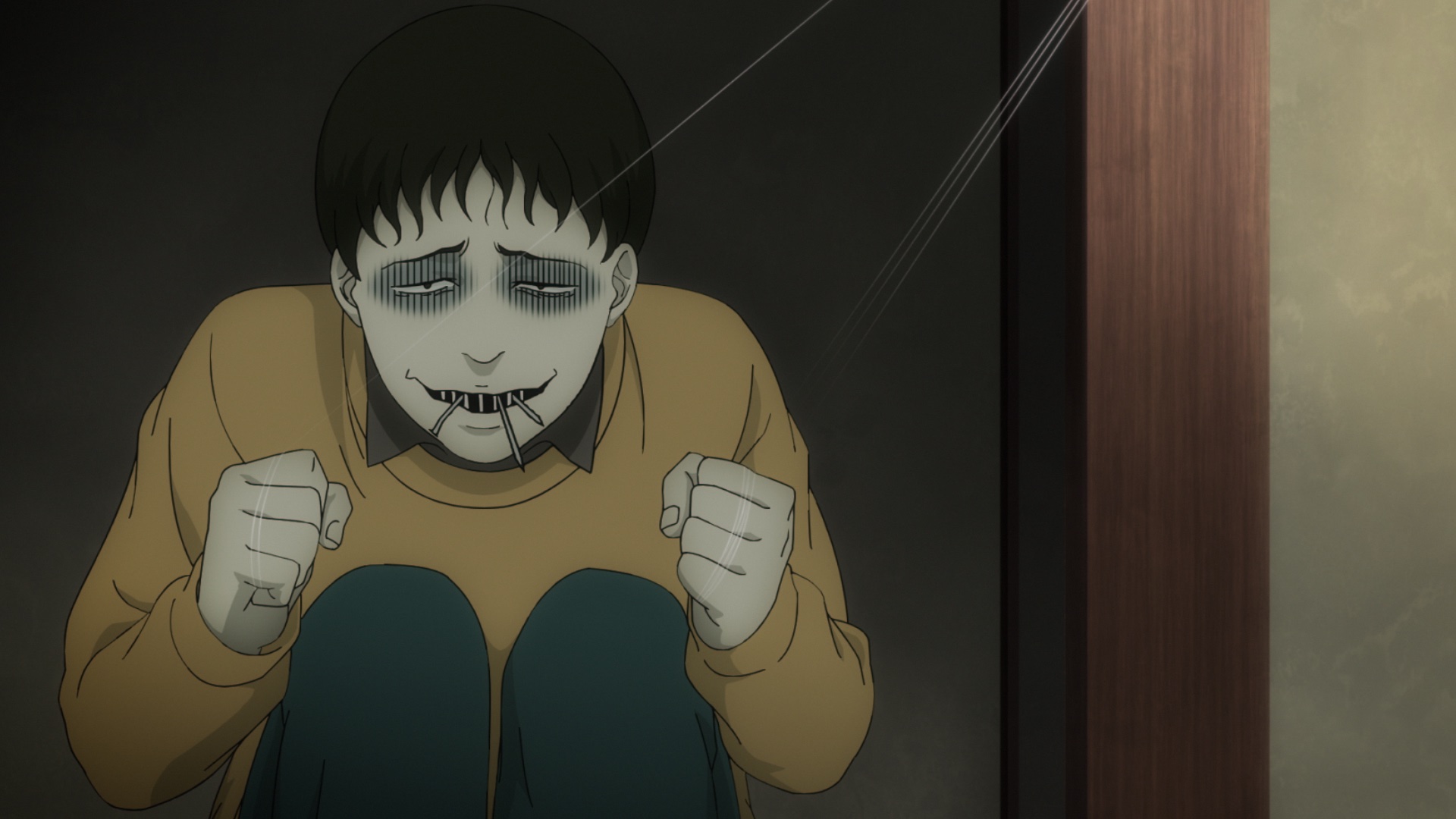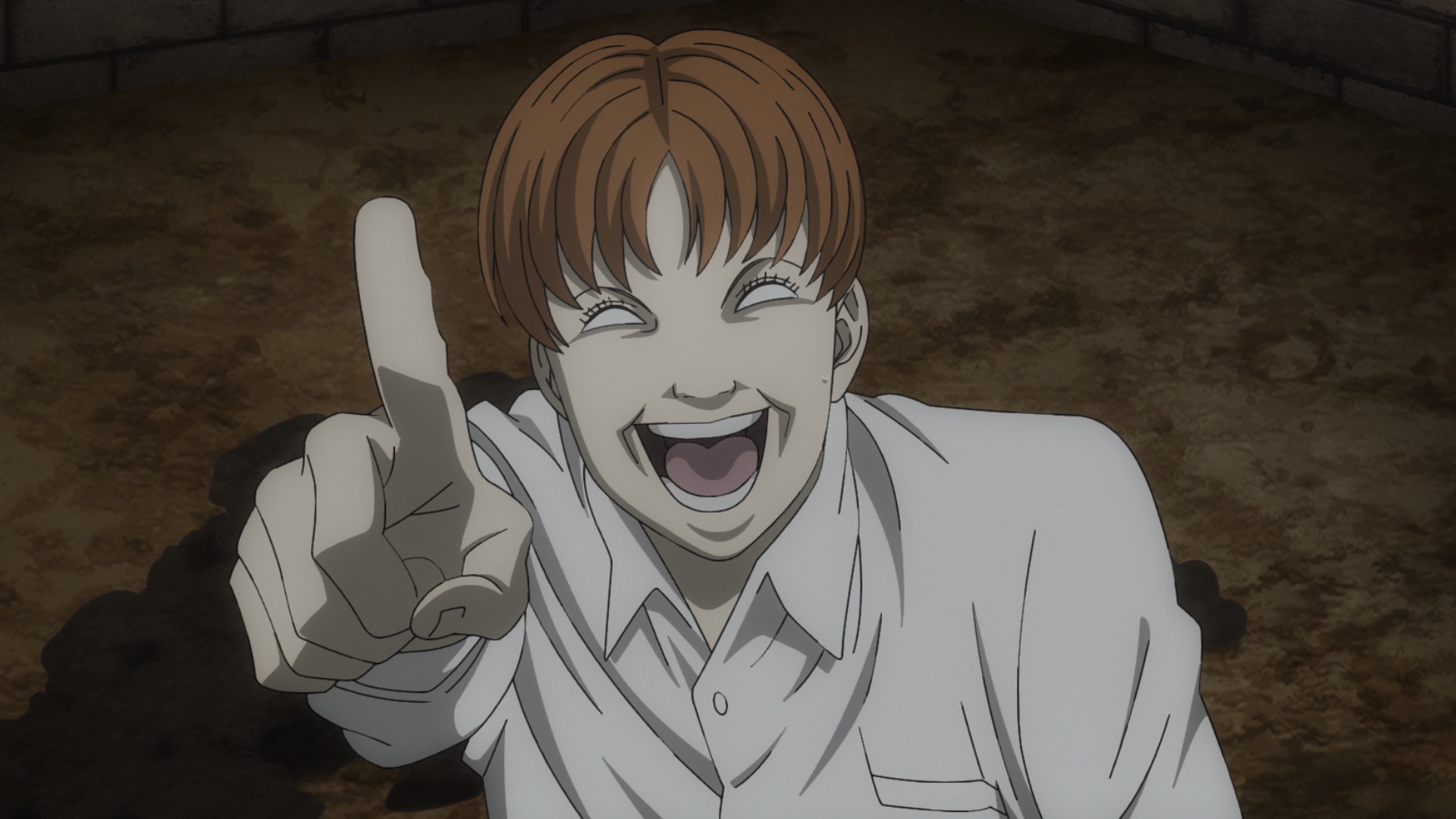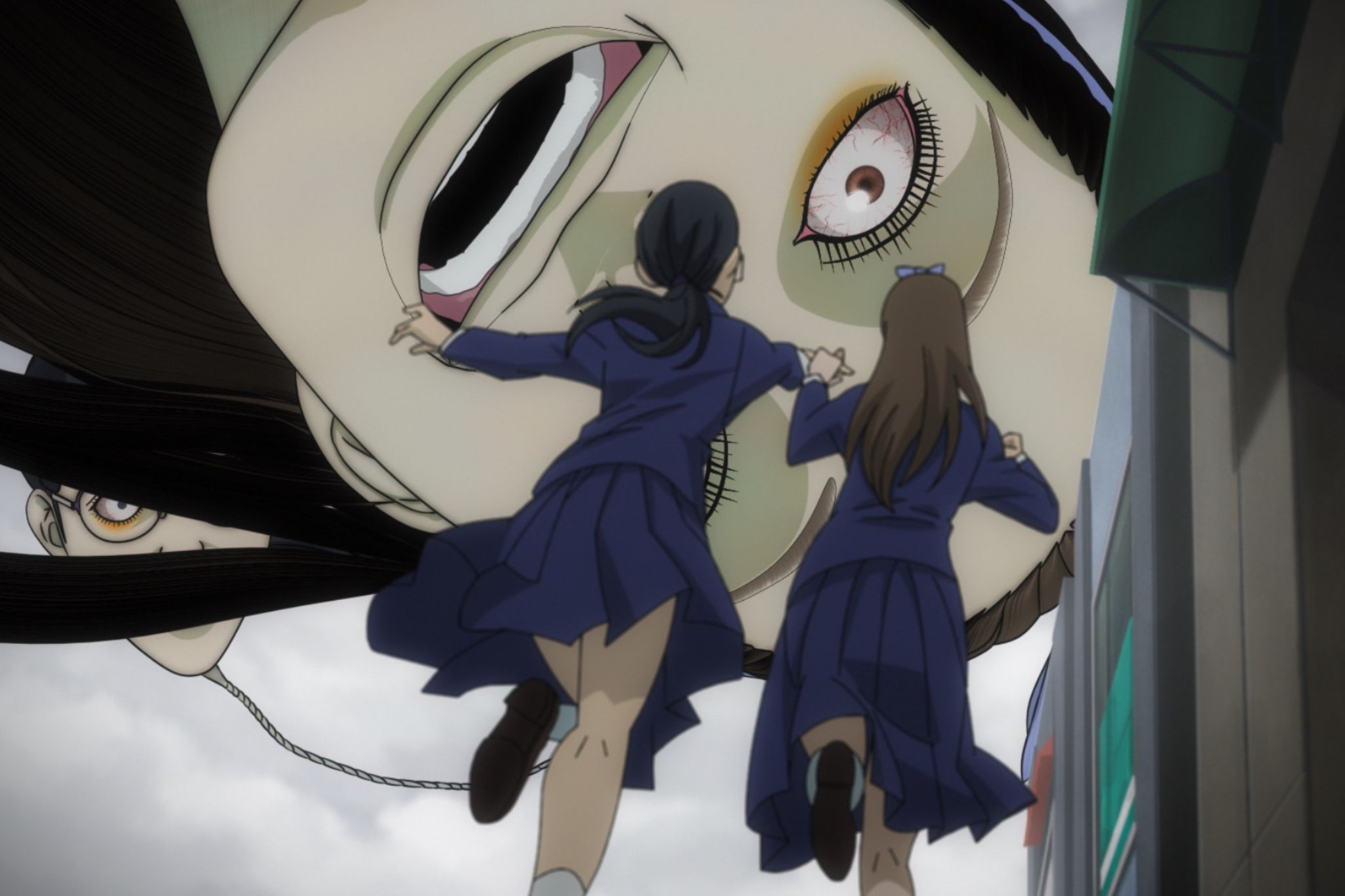Horror manga maestro Junji Ito needs no introduction. Some of his dedicated fans have followed his work since Tomie and Uzumaki, though many will have likely stumbled across The Enigma of Amigara Fault on a late-night Reddit trawl. His creepy and uncanny-valley art style is unforgettable, to say the least. When coupled with his unnerving storylines, it’s lethal enough to prevent sleep for days. But does the Ito scare-factor translate well on the small screen? That’s what Netflix’s Junji Ito Maniac: Japanese Tales of the Macabre set out to see.
Junji Ito Maniac is a compilation of some of Ito’s best-penned works adapted into animation. Across 12 episodes there are 20 stories, carefully curated, all united under the theme of madness.
Characters Who Spell It Out
Watching this from the perspective of someone who honestly gets scared of her own shadow on a good day, I didn’t find the episodes to be spine-chilling at all. For the most part, a lot of time is spent on the main characters, explaining in detail what’s happening, what they’re thinking and what they’re about to do. It’s hard to be scared when you know exactly what’s coming. This is also at odds with Ito’s manga style, which is about creating a sense of dread from suspense and fear of the unknown.
Some episodes were unnerving at best, such as “The Hanging Balloons.” The idea of large inflated human heads floating across a residential skyline was an intriguing thought. “The Room of Four Heavy Walls” shows childhood pranks and claustrophobia intersecting in a bizarre way. “Headless Sculptures” brings to life the eeriness we all feel when we look at art that looks too close to the real thing.
Without the scare factor, these simply remain concepts, and when the sole purpose of each episode is to scare you and it doesn’t, there just isn’t enough to keep an audience interested.

An Art Style Unlike Ito
Many would be looking forward to seeing how Ito’s art style, which heavily relies on strong contrasts between black and white, shapes up with the addition of colors. Unfortunately, this seems to have only toned down the vivid surrealism for which he is famous. It makes sense that the color palette would take on darker hues due to the darker themes, but the result is an overall depiction that feels muted and shallow. The lines are too clean and they lack that spiraling sense that makes you think you’re peeking inside the mind of a madman.
Character depictions, for the most part, do resemble Ito’s drawing style, particularly his knack for drawing women, such as Tomie, a character who straddles the line between beauty and madness. There are some inconsistencies, where some features seem to get distorted when they look away or are captured from their side profile. It’s noticeable enough to break the immersion and is definitely a jarring experience if you’re used to the high standards of Ito’s actual drawings.

Sounds and Music Make it Work
The opening song was surprisingly the best part. It featured circular patterns that rotated, changed colors and morphed into other shapes, not unlike a psychedelic trip. Alongside images of nude females with skin tone changes and the rocking track “Paranoid” by Madkid, it was akin to a kaleidoscopic nightmare. It really sets up the tone for the episode, but it’s unfortunate that the following story doesn’t live up to the hype. The ending track “As The Gods Say” by Jyocho is an interesting selection. It’s definitely a more appropriate choice for a slice-of-life series than a horror one.
While there are some good points to the series, it’s hard to fully recommend Junji Ito Maniac, especially for those who are long-time fans of Ito. It’s an okay watch if you want a quick intro to his work or to understand his manga plot details while skipping the horror elements. Many seasoned manga and anime fans would know, there’s something about our page-turning black-and-white manga format that doesn’t always translate well into animation.
I watched Junji Ito Maniac: Japanese Tales of the Macabre on a lazy Sunday afternoon with the sun streaming through the windows of my living room. I turned the show on gingerly, worried that I was about to upset a perfectly fine weekend afternoon. In the end, I had a pretty peaceful day, with uninterrupted sleep afterward. I don’t think that’s what Ito would have wanted.
Updated On February 21, 2023








